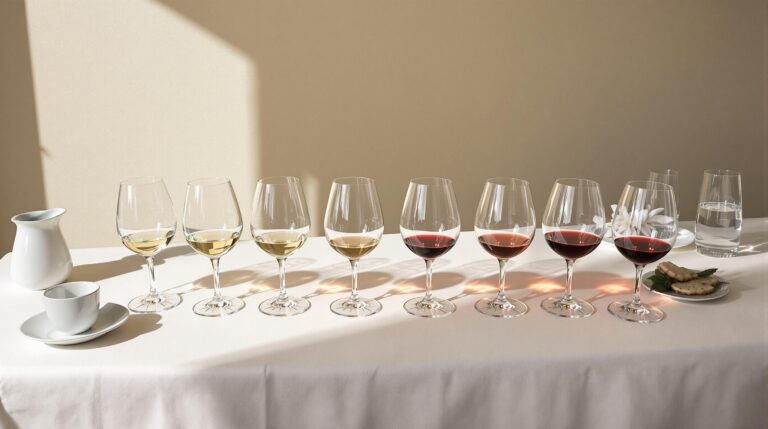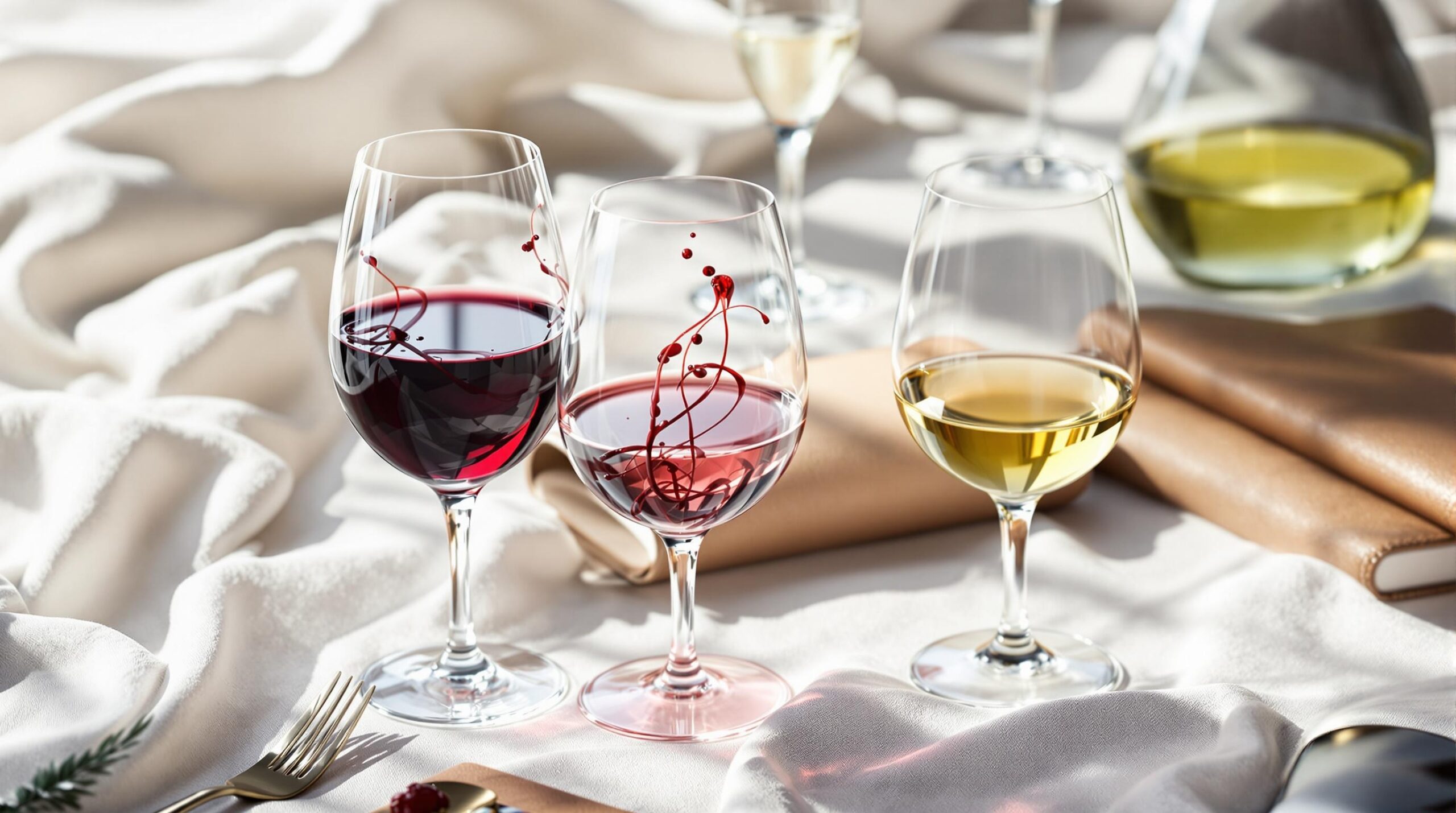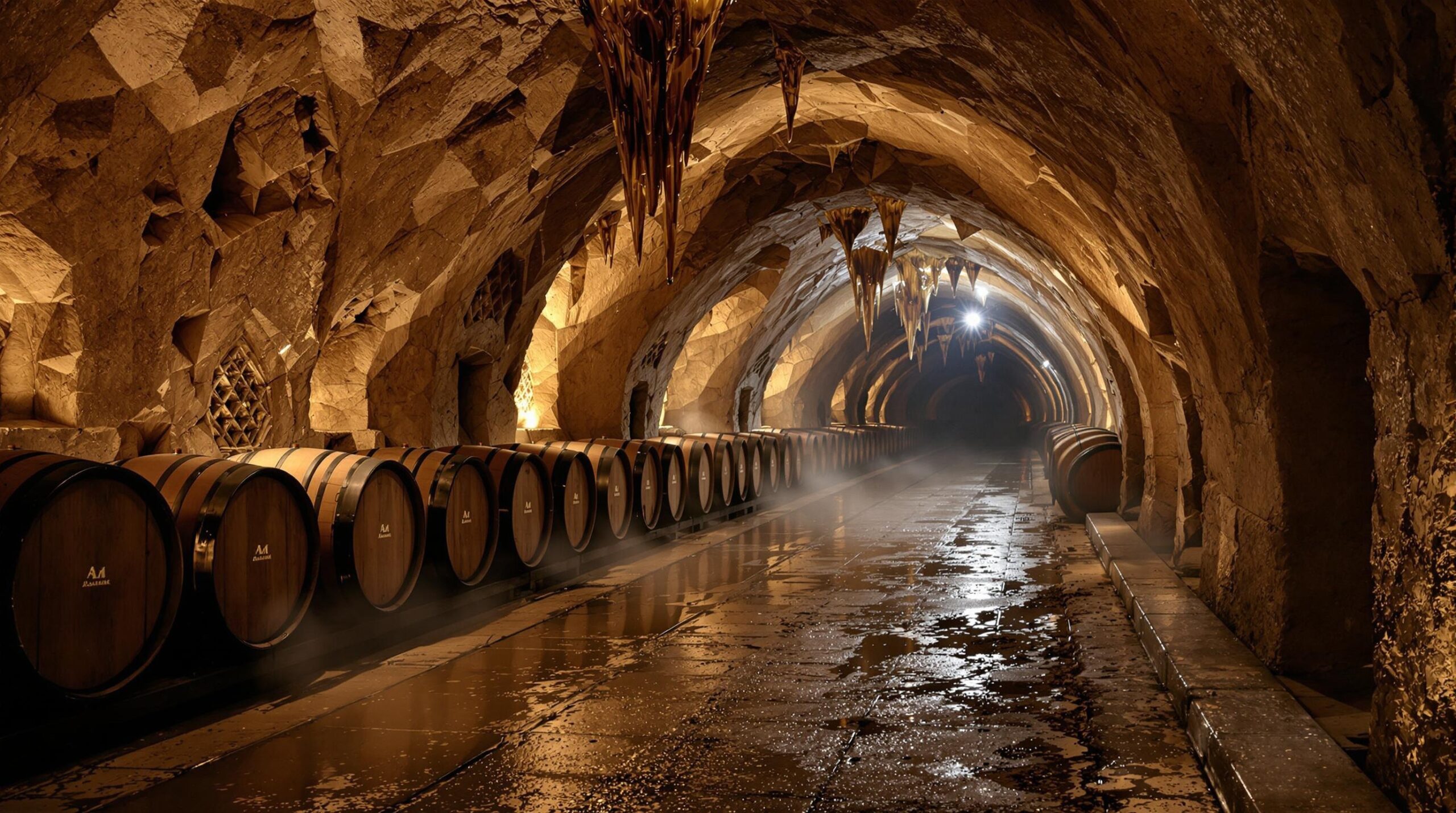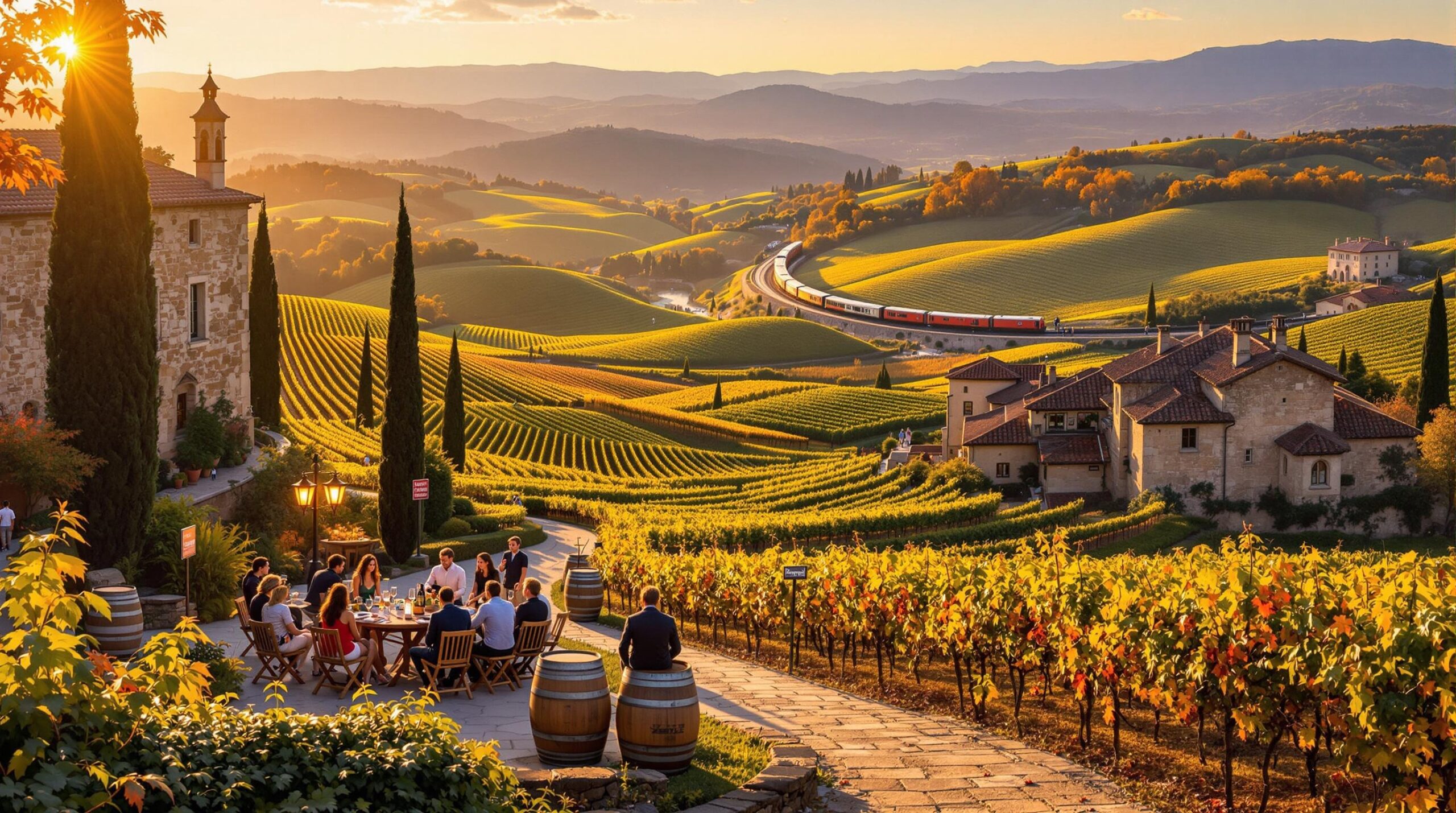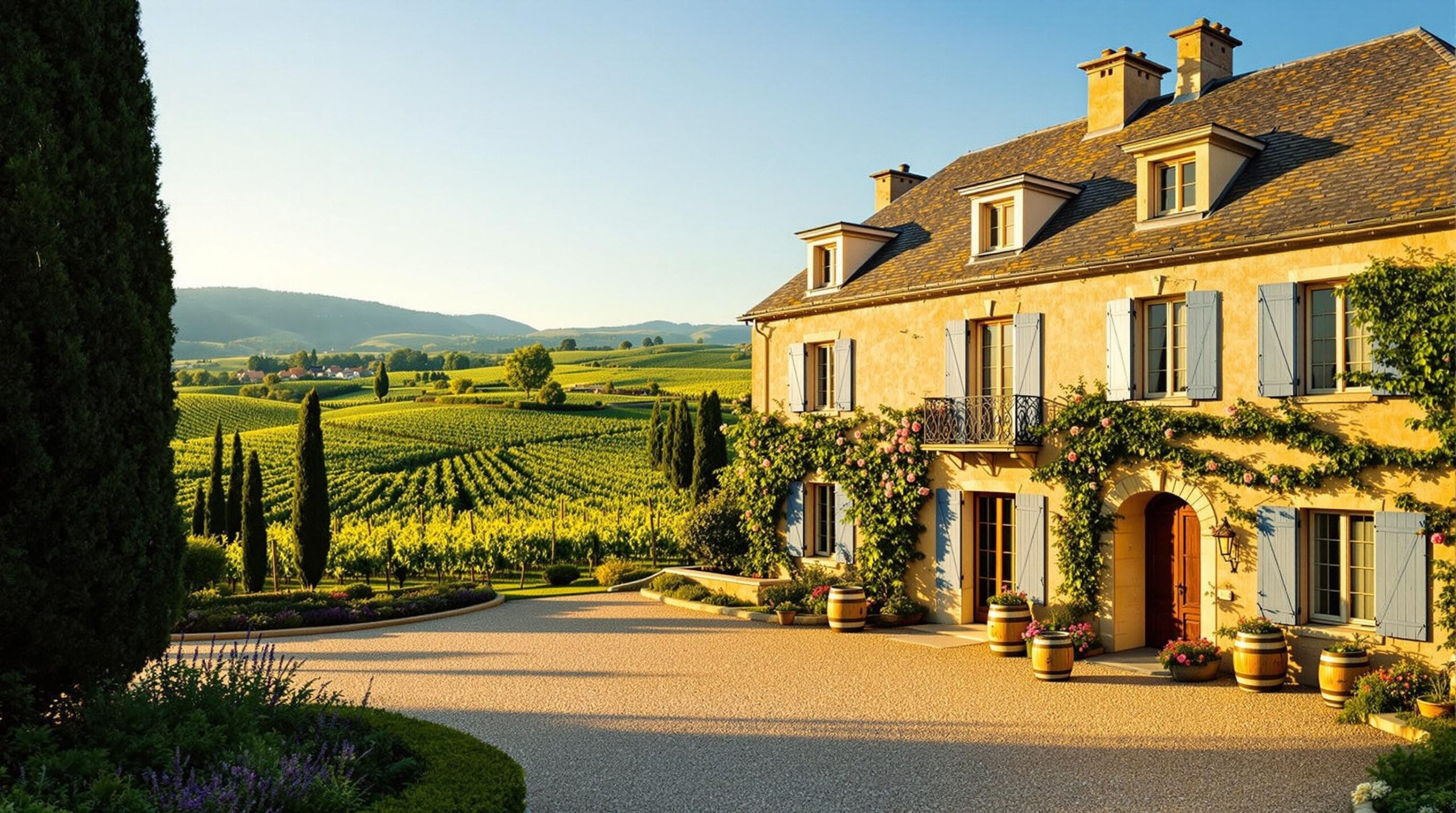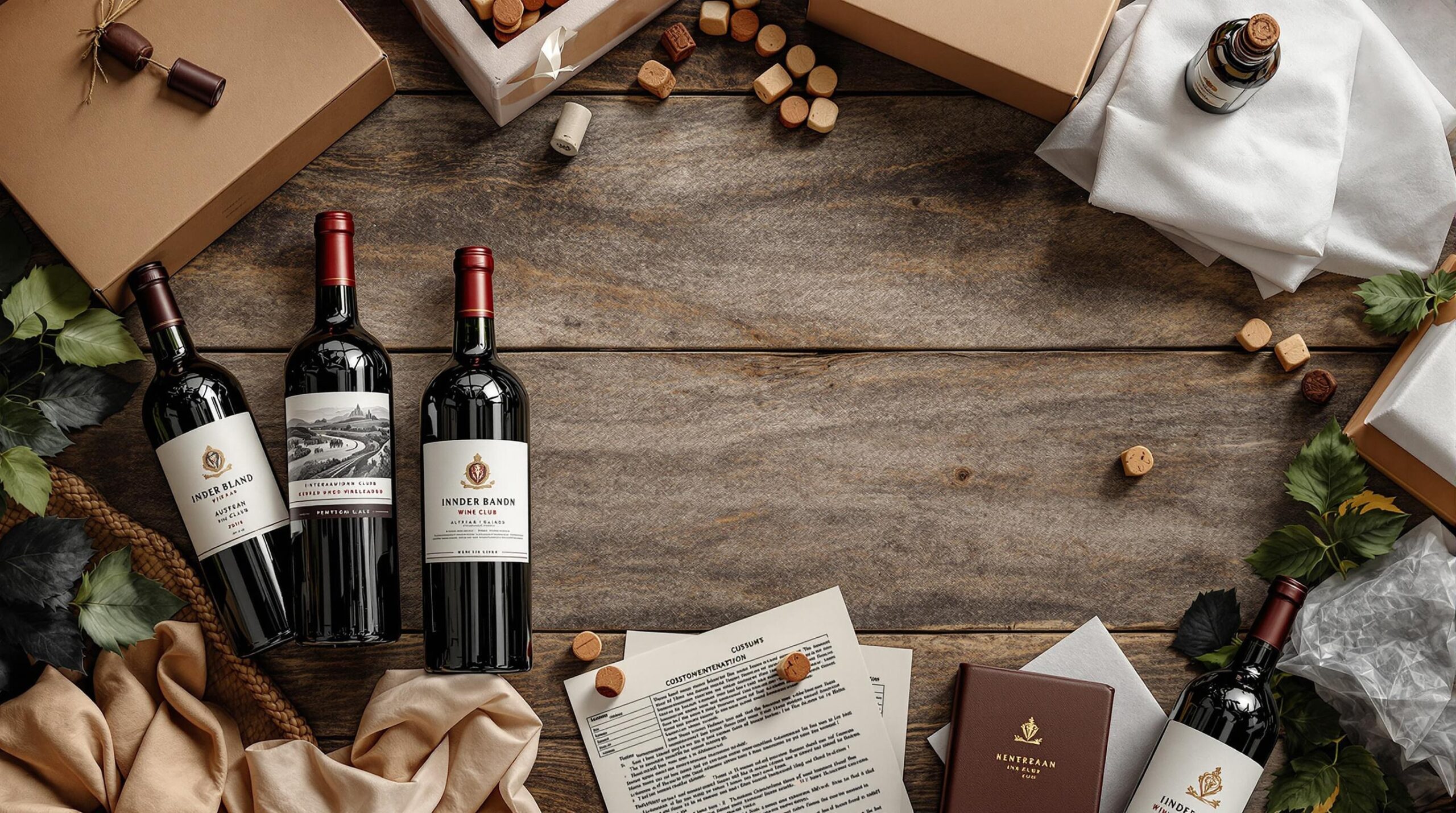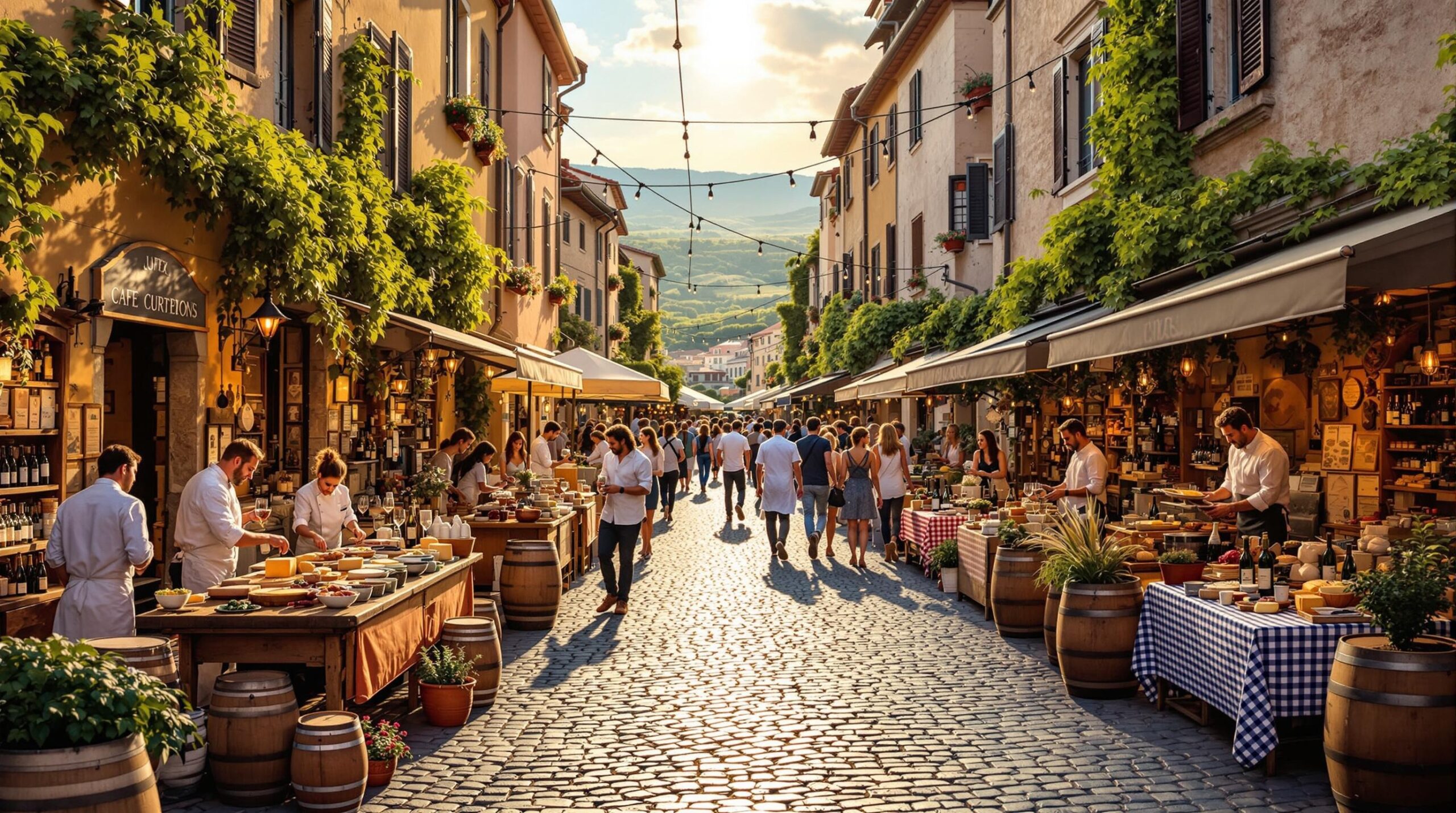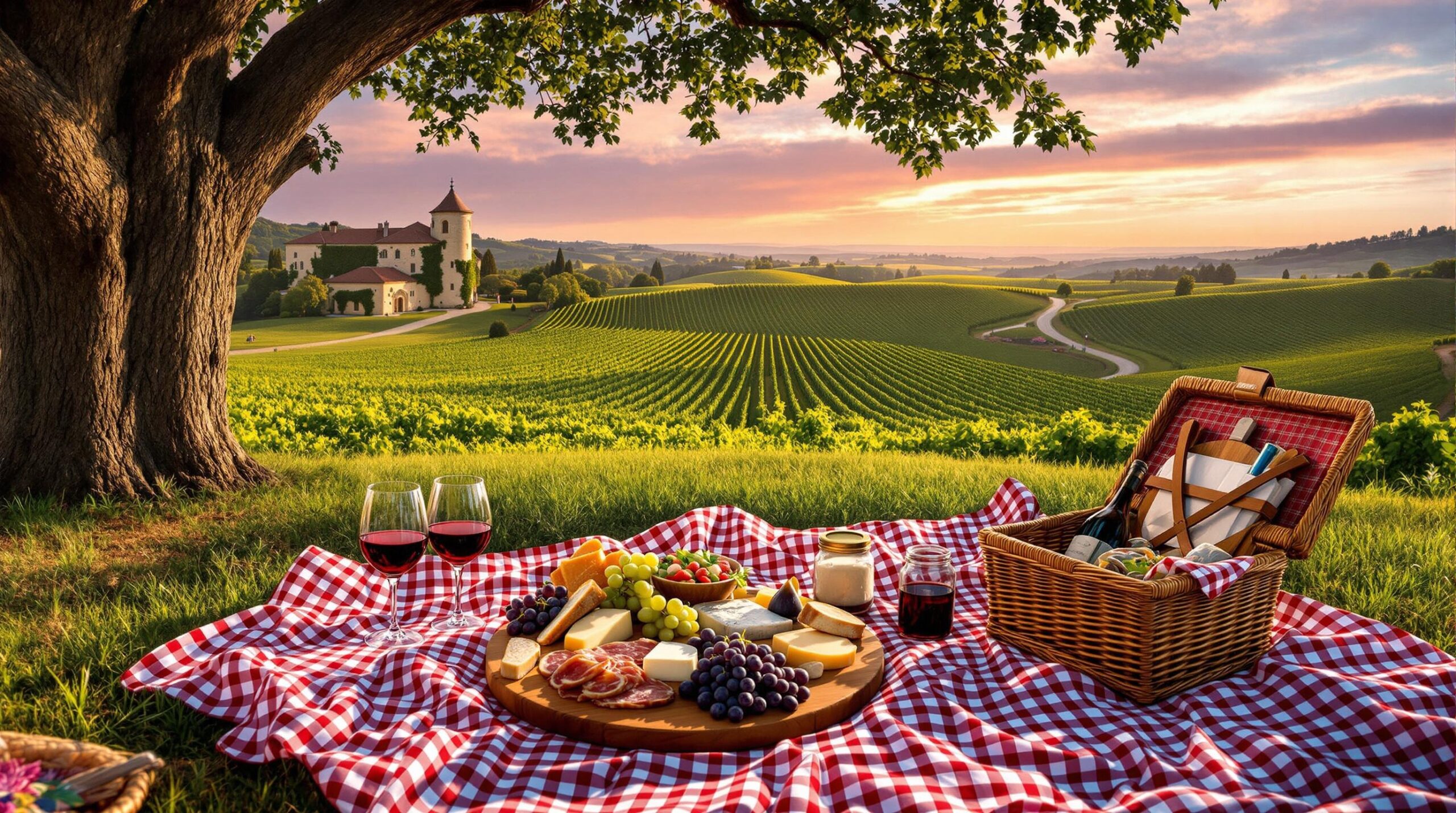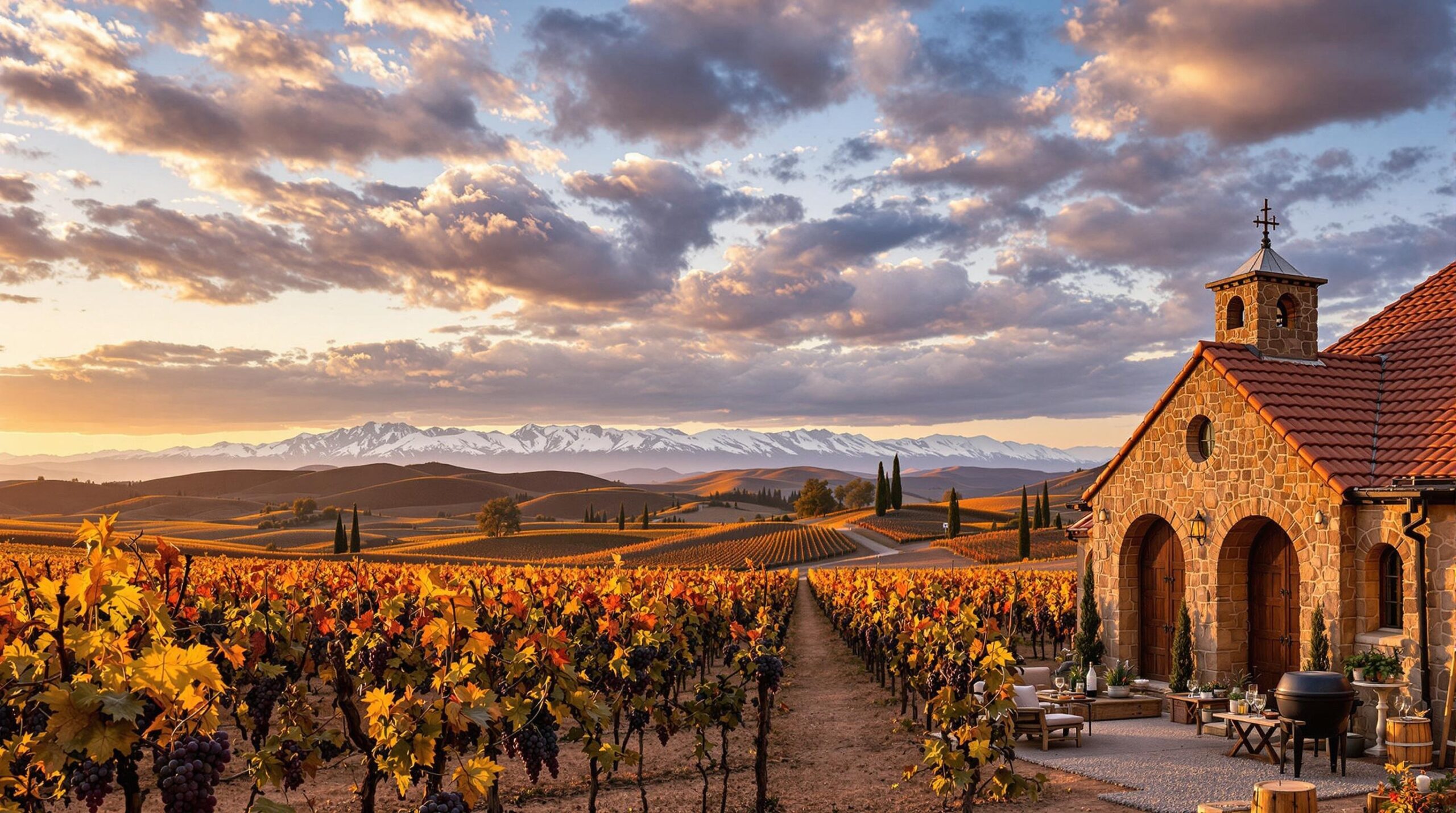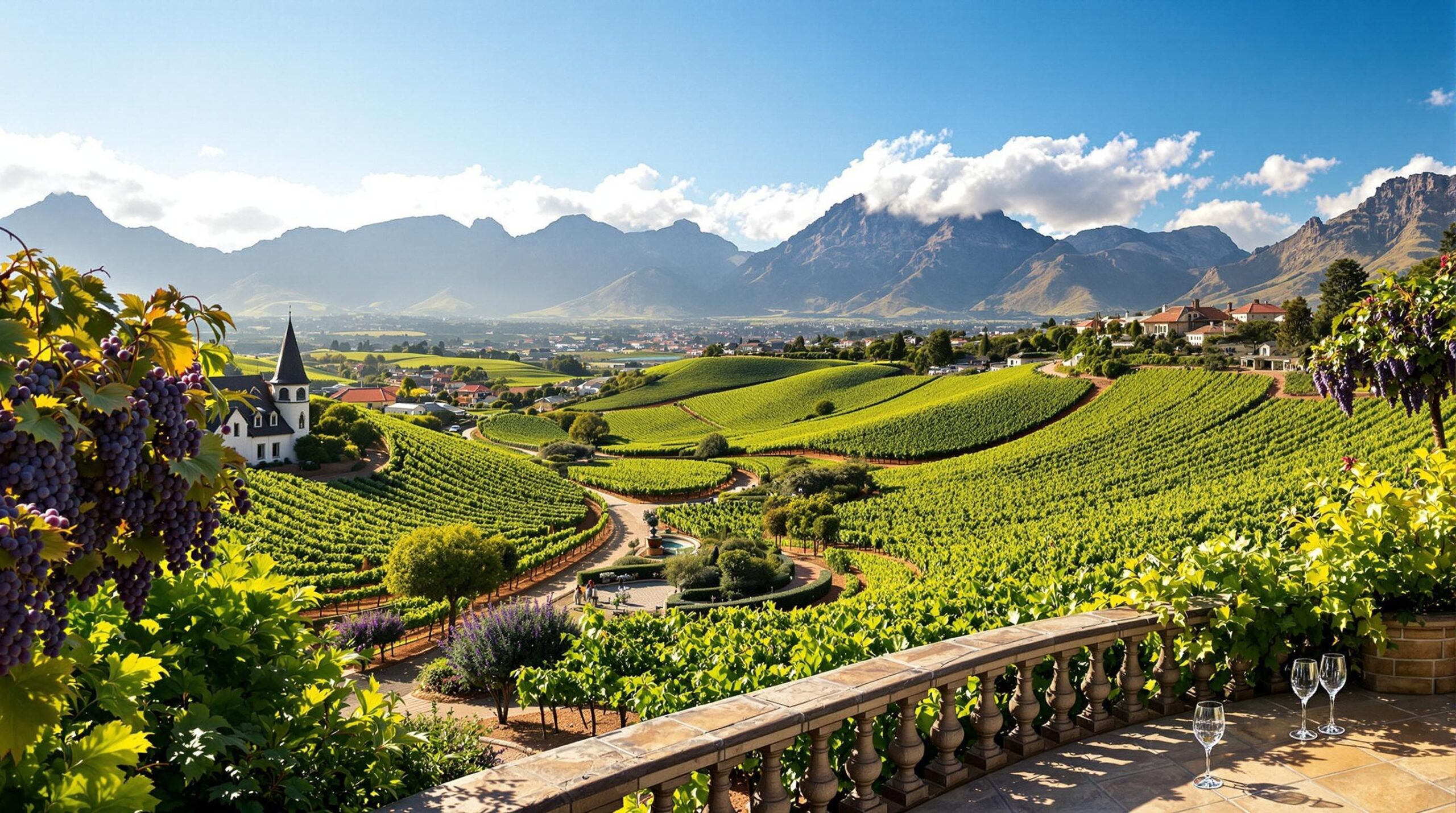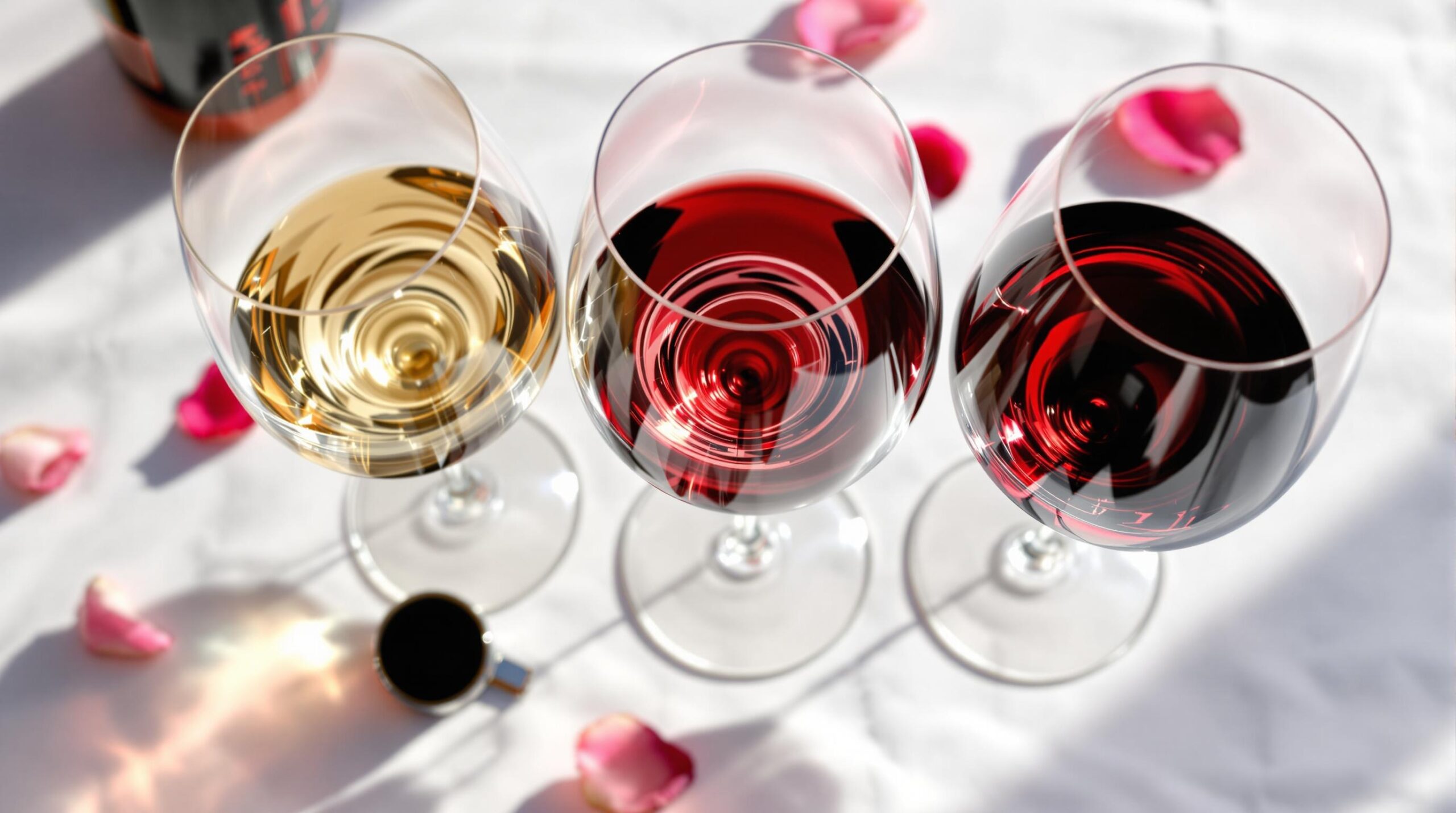Group wine tastings create opportunities for learning and social connection. Proper etiquette ensures everyone gets the most from the experience while maintaining a welcoming atmosphere. This quick guide covers key practices for both hosts and participants.
Setting Up the Tasting Space
The right environment enhances everyone’s tasting experience. Set up a well-lit area with neutral-colored surfaces for proper wine assessment. Provide:
- Water and plain crackers as palate cleansers
- Spittoons or dump buckets within easy reach
- Tasting sheets and pens
- Clean glasses for each wine
- Room temperature water for rinsing
Essential Host Responsibilities
Thoughtful planning makes the difference between a chaotic gathering and an enriching experience.
- Serve wines at proper temperatures
- Pour 1.5-2 oz samples per person
- Organize wines from light to full-bodied
- Brief participants on basic tasting techniques
- Set clear start and end times
Temperature Guide for Common Wines
| Wine Type | Serving Temperature |
|---|---|
| Sparkling | 45-48°F |
| White/Rosé | 48-53°F |
| Light Red | 55-60°F |
| Full-Bodied Red | 60-65°F |
Participant Guidelines
Respect for fellow tasters enhances everyone’s experience:
- Avoid wearing strong perfumes or colognes
- Wait for group cues before tasting each wine
- Keep personal observations brief
- Listen when others share their impressions
- Use spittoons when needed – it’s perfectly acceptable
Tasting Order Best Practices
- Start with sparkling wines
- Move to white wines
- Progress to rosés
- Finish with red wines
- End with sweet wines if included
[Next sections would continue with remaining points 5-8 of the outline…]
Common Mistakes to Avoid
Group wine tastings can quickly derail when basic missteps occur. Watch for these potential issues:
- Rushing through wines without proper discussion
- Allowing dominant personalities to control conversation
- Serving food that overwhelms wine flavors
- Poor glass management leading to mixed-up wines
- Inadequate ventilation in tasting space
Managing Group Dynamics
Creating an inclusive atmosphere helps everyone participate comfortably. Consider these strategies:
- Rotate who speaks first for each wine
- Use structured tasting sheets to guide discussion
- Set time limits for individual observations
- Create small groups for initial discussions
- Encourage questions from less experienced tasters
Group Size Guidelines
| Group Type | Ideal Size | Max Size |
|---|---|---|
| Beginner Tasting | 6-8 | 12 |
| Advanced Tasting | 8-10 | 15 |
| Educational Session | 10-12 | 20 |
Food Pairing Considerations
Light snacks support but don’t overwhelm the tasting experience:
- Plain water crackers or bread
- Mild, fresh cheeses
- Unsalted nuts
- Plain breadsticks
- Unflavored palate-cleansing foods
Building on the Experience
Document insights to enhance future tastings:
- Keep notes on successful wine selections
- Record group size and timing that worked best
- Track preferred food pairings
- Note physical setup improvements
- Gather participant feedback for future sessions
Follow-up Recommendations
- Share tasting notes digitally
- Create a wine-rating system for the group
- Plan themed tastings based on feedback
- Rotate hosting duties among interested members
- Build a shared wine knowledge database
10 Common Questions About Group Wine Tasting Etiquette
What should I wear to a wine tasting?
Opt for dark or neutral colors to avoid showing wine stains. Skip strong perfumes or colognes as they interfere with wine aromas.
How much wine should I drink at each tasting?
Take small sips – about 1 ounce per wine. It’s acceptable to use the spittoon, especially when tasting multiple wines.
Should I cleanse my palate between wines?
Use plain water crackers or bread between tastings. Avoid flavored crackers as they can affect your taste perception.
Is it rude to dislike or criticize a wine?
Express preferences politely without negative comments. Use phrases like “This wine isn’t my preferred style” rather than harsh criticism.
How do I hold my wine glass properly?
Hold the glass by the stem to avoid warming the wine with your hands. Never grip the bowl of the glass.
What’s the right order for tasting wines?
- Start with lighter whites
- Move to fuller-bodied whites
- Progress to light reds
- Finish with full-bodied reds
- Save sweet wines for last
Should I take notes during the tasting?
Brief note-taking is acceptable and encouraged for learning. Keep your notes concise and avoid lengthy writing sessions that distract from group interaction.
How do I handle cheese and food pairings?
Take small portions of accompaniments. Wait for serving instructions – some hosts prefer to guide the pairing experience.
What questions are appropriate to ask?
| Good Questions | Questions to Avoid |
|---|---|
| About wine regions | Wine prices |
| Production methods | Personal opinions about “best” wines |
| Food pairings | Alcohol content focus |
How can I politely decline more wine?
Simply place your hand over your glass when offered more wine. Thank the host while declining additional pours.
Additional Tips for Group Tastings
- Arrive on time – tastings often follow a scheduled progression
- Listen attentively when the host speaks
- Take turns sharing observations
- Avoid monopolizing conversations
- Thank the host before leaving

